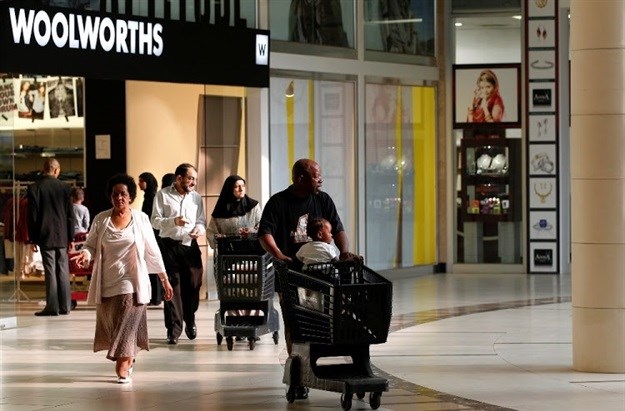How can Woolworths shake off the doldrums?

The outlook for the group, and the sector, is now so grim it is difficult to imagine what management could do to recover its top-notch rating within the next 12 months.
"It’s really tough out there, the market is saturated, consumers are under tremendous pressure, Woolworths’ best hope is for a wipeout of the rand, that would boost its income from Australia even if the operations there did not perform," one analyst said.
In 2014, Woolworths completed the ambitious R22bn acquisition of the Australian retailer David Jones and was delighting shareholders and analysts with talk of being a substantial player in the southern hemisphere.
The biggest acquisition by a South African retailer thrilled Woolworths’ traditional South African shareholder base, who had been concerned that the group had run out of growth opportunities in Africa. The transaction also promised the considerable benefit of being a hedge against the rand, which was expected to continue on its ever-weakening trajectory.
But by the end of 2016, the excitement had drained out of Woolworths’ share price.
In the 12 months to December 2016 the share slumped to R64 from more than R100 at the end of 2015.
The drop saw the retailer feature on the list of the 10 worst performers on the JSE’s top 40 companies in 2016.
The trading update released on Wednesday confirmed fears that Woolworths’ Australian operations would not meet earlier bullish expectations.
The disappointing performance prompted one analyst to quip that the main beneficiary of the acquisition was Australian billionaire Solomon Lew, who had forced Woolworths to fork out a hefty A$209m for his 12% stake in Country Road.
Retail analyst Syd Vianello is giving the Australian business another six months to
prove itself. "But then it is payback time."
Sasfin analyst Alec Abraham agreed that it was still too early to pass judgment on operations in Australia. "I think they will still manage to get the savings they promised in the beginning."
Without a profit kicker from Australia things look fairly troubling for the group. Ironically, while management’s focus was on Australia, the home base was under attack from powerful international players such as H&M and Zara.
They showed up weaknesses in all the local retailers’ pricing and merchandising.
There are few if any bright lights on the local horizon, say analysts. "Perhaps there’ll be an uptick in mining and agriculture that will lift consumer spending, other than that I can’t think of one positive influence that might help our retail sector this year," said Evan Walker of 36One Asset Management.
With little prospect of economic growth, there is not much hope for an increase in jobs or wages. And consumers are generally borrowed to the hilt.
"Previously retailers did very well out of social grants as well as the surge in the number of government employees who tended to be well paid and had access to credit, but that’s all in the past," Walker said.
After years of aggressive expansion by the big players the South African retail sector was saturated, he said.
"Big decisions now need to be made on the country’s retail infrastructure," Walker said. Some sizeable closures could be on the cards.
For Woolworths the planned move to a bigger store format may help, particularly if it increases its share of the market in dry groceries.
Pressure on its high-margin food offerings would continue, Walker said. "Their prices are too high for this weak environment. They made the same mistake nine years ago."
Vianello said Woolworths and all the other retailers had to learn to deal with troughs and be more innovative.
That view is shared by Abraham, who said with the limited growth opportunities, Woolworths would have to "hunker down and manage what it has, including merchandise better".